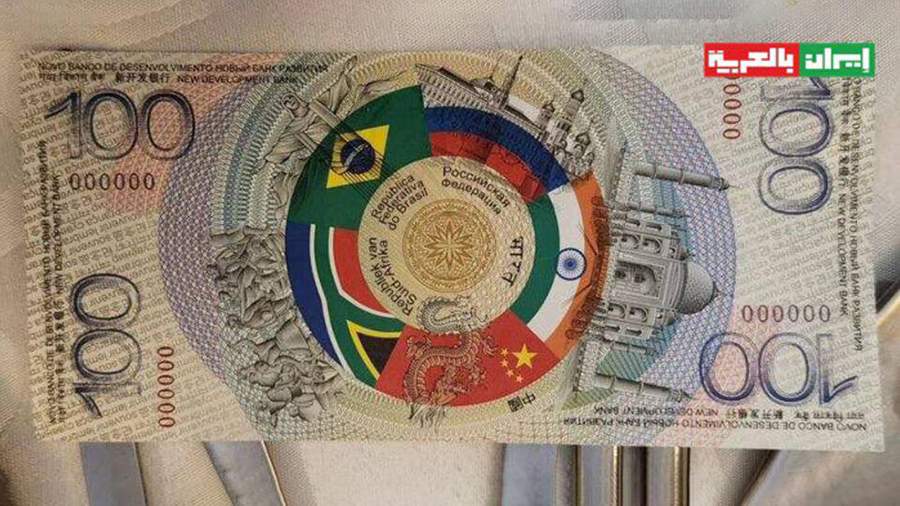
South African rand lower against the US dollar
By Rhod Mackenzie
The South African rand was slightly weaker against the US dollar, trading at 18.7, as the dollar strengthened ahead of a highly anticipated US inflation report that could provide insight into the Federal Reserve's future actions. While the US central bank is expected to begin cutting rates this year, the exact timing and extent of the cuts remain uncertain.
When discussing domestic factors that affect a country's currency, it is important to note that the South African Reserve Bank (SARB) Monetary Policy Committee has emphasized the need to maintain the consumer price index at an average of 4.5% for the year before considering any reduction in rates. Last month, the SARB kept its key interest rate unchanged at its third straight monetary policy meeting. Governor Lesetya Kganyago reiterated that the bank expects inflation to stabilize around the middle of its target range by 2025.
In November 2023, South Africa's annual inflation rate fell to 5.5% from a five-month high of 5.9% in October, falling within the South African Reserve Bank's 3%-6% target range.
The anticipated sustained decrease in inflation, which is being monitored by the SARB, is expected to take place in the latter half of 2024, which could potentially lead to lower rates. However, the country's economy is still facing significant challenges, including the
ongoing energy crisis. Several South African cities continue to receive electricity for only a few hours each day.
The latest available statistics agency data showed that South Africa's economy contracted slightly in Q3 2023 due to decreased output in the agriculture, mining, and construction sectors. The quarter experienced a seasonally adjusted contraction of 0.2%, which was slightly larger than the 0.1% forecast by Reuters analysts. This contraction followed two consecutive quarters of expansion.
Overall, the rand is performing exceptionally well. According to Nikolai Dudchenko, an analyst at Finam Financial Group, the USD/ZAR pair is currently stable. Technically, the pair is testing its 200-day moving average, with strong support at 18.50 and nearest resistance at 18.71.
Dudchenko notes that the rand has weakened against the dollar for the fifth consecutive year, with the dollar rising almost 8% against the South African currency in 2023. The probability of the rand returning to its growth trajectory in the near future is low. The South African currency experienced its most successful years in 2016-2017 when it strengthened against the dollar by over 20%. However, with the beginning of the next cycle of US monetary tightening, the attractiveness of the rand for market participants rapidly declined. According to Nikolai Dudchenko, the rate in South Africa was reduced to 3.5% in 2020, which did not contribute to the currency's growth.
Since January of last year, the South African national currency has depreciated by less than 10% relative to the US dollar (the USD/ZAR exchange rate on January 10, 2024 was 18.6), according to calculations by Mikhail Zeltser, a stock market expert at BCS World of Investments.
Additionally, the volatility of the rand exchange rate compared to other developing economies, including other BRICS members, is low. The country maintains a positive trade balance, with exports exceeding imports. The structure of imports and exports is diversified. Over the past two years, the Central Bank of South Africa has repeatedly raised the key rate, bringing it to its highest level in 14 years at 8.25%, and is not currently planning to reduce it.
According to experts, the rigidity of the Central Bank's monetary policy is one of the factors contributing to the strength of the national currency. Simultaneously, the US Federal Reserve, which influences the value of the dollar, may reduce its key interest rate as early as March, leading to a weakening of the dollar. Due to the interest rate differential between the two countries, the exchange rate of the rand is expected to remain relatively stable. According to Mikhail Zeltser, 'Looking ahead one year, USD/ZAR is unlikely to deviate from the range of 18-20.'
In contrast, the situation with the Russian currency is entirely dissimilar. The expert notes that the rand has appreciated by 20% against the ruble since January 2023. The ZAR/RUB rate is currently 4.8, up from 4 a year ago. However, current factors supporting the ruble, including the Russian Central Bank's strict monetary policy and the standards for repatriating foreign exchange earnings of exporters, suggest that the ruble will continue to strengthen against all world currencies.
“Therefore, in the upcoming months, the rand may lose some of its previous gains, while the ruble may slightly recover from early losses and strengthen towards 4.6 per rand, or approximately 4% of the current value,” concludes Mikhail Zeltser.
